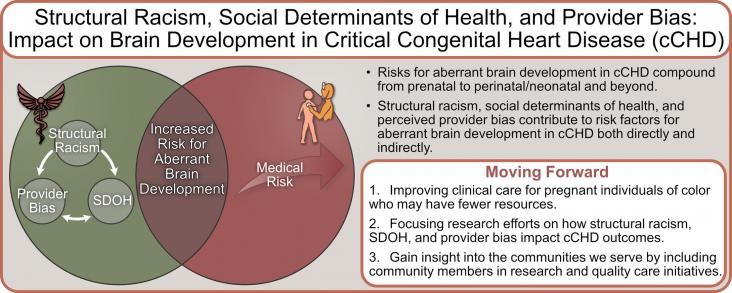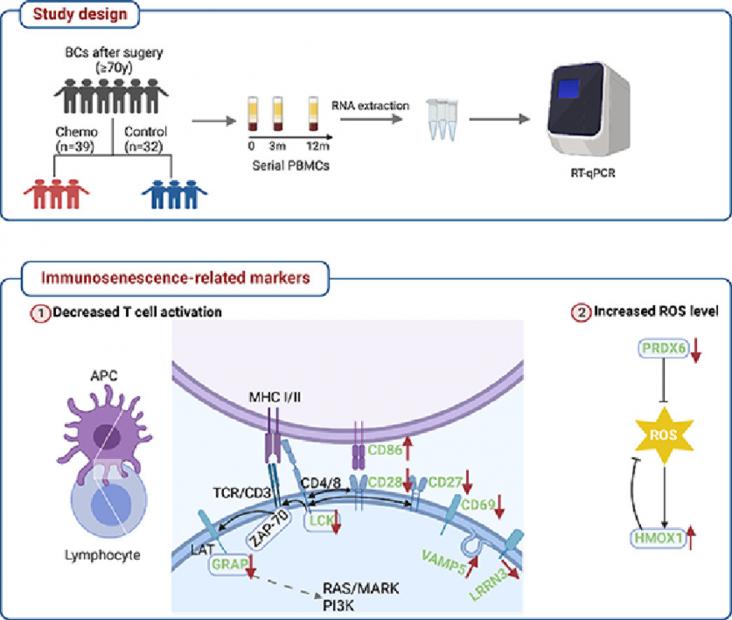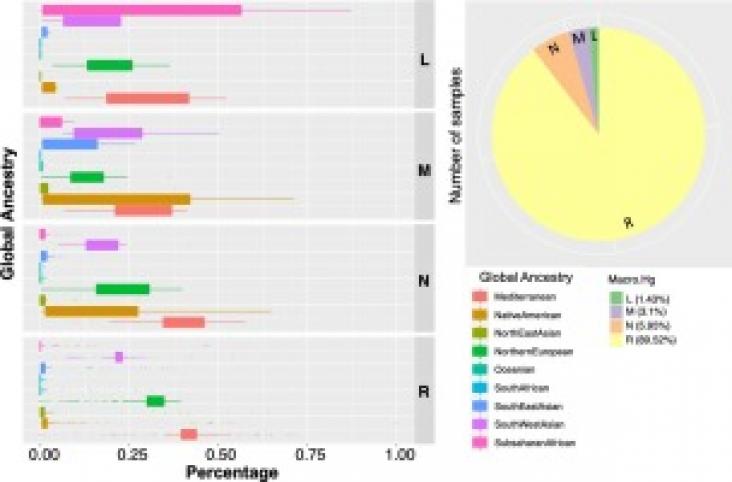This Article supports SDG 3 by analysing the available data regarding HIV prevalence among international migrants compared with native-born people, finding that prevalence was higher among the former group (overall pooled prevalence ratio 1.70). Factors associated with higher prevalence were arriving from African countries, being an undocumented migrant, asylum seeker, or refugee, and being a pregnant woman. Targeted approaches to facilitate testing among these groups may be beneficial.

This article explores health disparities based on the intersection of sex, geography, race, and ethnicity that have been identified for poorer pre- and postnatal outcomes in the general population, as well as those with critical congenital heart disease.
This article highlights the outbreak of hepatitis among children in the United States and the importance of prevention measures in Africa. It emphasizes the need for Africa to strengthen its healthcare systems to protect children and address infectious diseases.
This Personal View makes a contribution to Sustainable Development Goal 3 by summarising the advances is early detection, drug development, and trial methodology which the authors argue should be used in brain health clinics to develop new therapies for Alzheimer's disease.
Elsevier,
Mutation Research - Genetic Toxicology and Environmental Mutagenesis, Volume 883-884, 1 November 2022
This manuscript provides an overview of studies exploring cognitive dysfunction related to DNA damage due to biological ageing process, cancer treatment, adverse environmental or occupational exposures, and prenatal genotoxic exposure.

This Study supports SDGs 3, 5 and 10, investigating the impact of chemotherapy on the immune system of older women with breast cancer.
DNA glycosylase Neil3 leads to sex-specific differences in AD. Neil3 increases plaque deposition in female APP/PS1 mice. Neil3 promotes hippocampal neurogenesis and working memory in male APP/PS1 mice. Neil3-dependent DNA damage accumulation does not correlate with AD pathogenesis.

Based on current studies, the incidence of Ewing sarcoma (ES) varies significantly by race and ethnicity, with the disease being most common in patients of European ancestry. However, race/ethnicity has generally been self-reported rather than formally evaluated at a population level using DNA evidence. Additionally, mitochondrial dysfunction is a hallmark of ES, yet there have been no reported studies of mitochondrial genetics in ES. Thus, we evaluated both the mitochondrial and nuclear ancestries of 420 pediatric ES patients in the United States using whole-genome sequencing.
This Article supports SDG 3 and 5 by demonstrating the need to better understand the roles that male partners play in encouraging or discouraging care-seeking behaviours during pregnancy and the postpartum period.
This chapter advances the UN SDG Goal 3: Good Health and Goal 10: Reduced Inequalities by outlining the approaches that can be broadly applied to improve health equity and reduce disparities in perioperative care.
